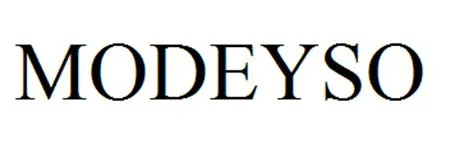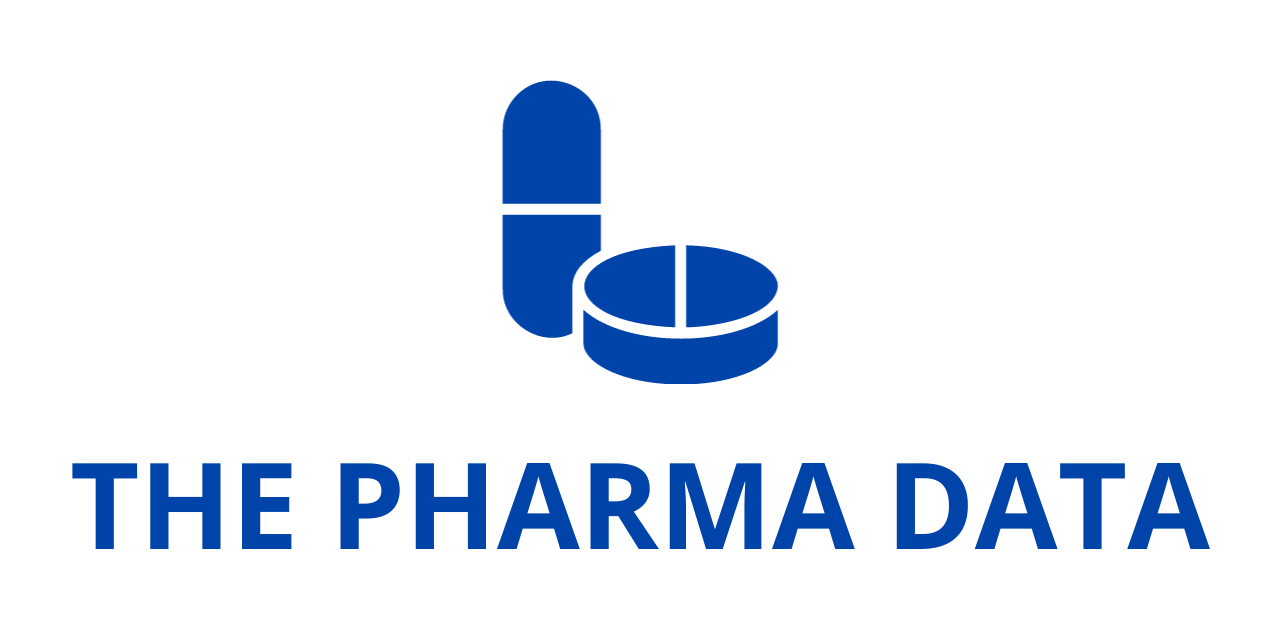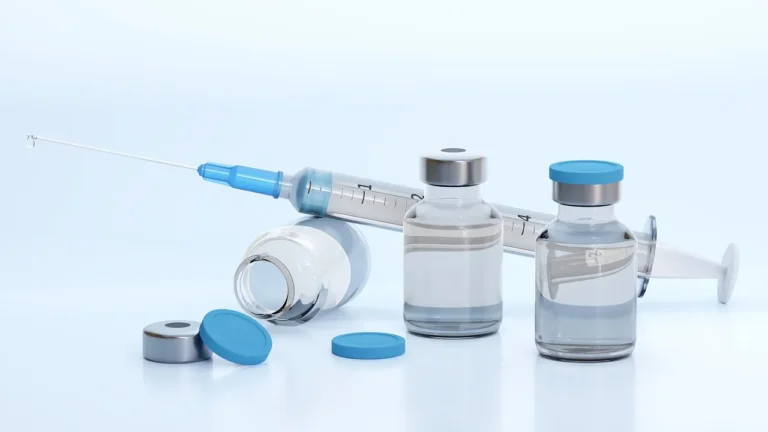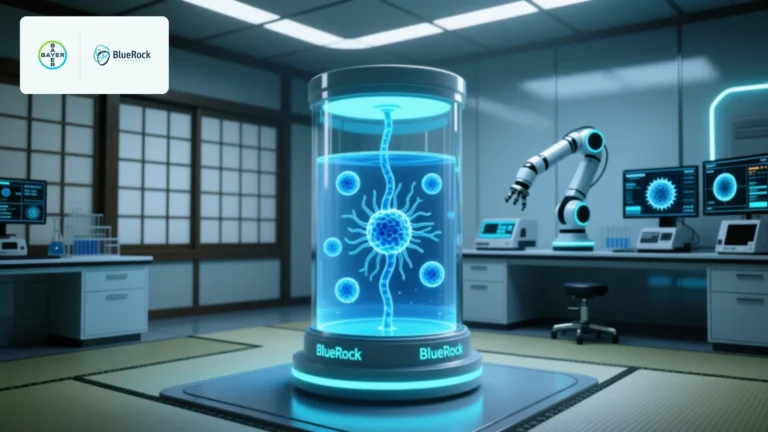
Modeyso™ (Dordaviprone) Gains Inclusion in NCCN Clinical Practice Guidelines, Marking a Milestone in the Treatment of H3 K27M-Mutant Diffuse Glioma
Jazz Pharmaceuticals plc (Nasdaq: JAZZ) announced a pivotal development for its oncology portfolio with the inclusion of Modeyso™ (dordaviprone) in the National Comprehensive Cancer Network® (NCCN®) Clinical Practice Guidelines in Oncology (NCCN Guidelines®). The therapy is now recognized as a Category 2A, single-agent treatment option for both pediatric and adult patients suffering from recurrent or progressive diffuse high-grade glioma harboring an H3 K27M mutation—a particularly devastating and aggressive form of brain cancer.
The NCCN recommendation comes just weeks after the U.S. Food and Drug Administration (FDA) granted accelerated approval to Modeyso on August 6, 2025, underscoring the urgency of advancing new therapeutic options in this area of profound unmet medical need.
A Rapid Recognition of Clinical Need
Modeyso’s swift addition to the NCCN Guidelines reflects both the speed of adoption within the oncology community and the critical demand for new options in treating this aggressive tumor type.
The rapid addition of Modeyso to the NCCN Guidelines – in both the Pediatric Central Nervous System Cancers and Central Nervous System Cancers guidelines – reflects the urgency of the unmet need that patients are faced with when diagnosed with this devastating and aggressive brain tumor,” said Kelvin Tan, MB BCh, MRCPCH, Chief Medical Affairs Officer at Jazz Pharmaceuticals.
We are proud to bring Modeyso to patients in the U.S. as the first treatment option for recurrent H3 K27M-mutant diffuse midline glioma, representing a meaningful shift in the treatment landscape for patients and their families.”
This endorsement is particularly significant because NCCN Guidelines serve as a global standard reference for clinical decision-making. They are widely consulted by oncologists, nurses, pharmacists, payers, and even patients themselves. Having Modeyso included means oncologists are far more likely to consider and adopt the therapy in real-world practice.
Understanding the NCCN Guidelines
The NCCN Guidelines® are among the most influential clinical practice tools in oncology worldwide. Developed by an alliance of 33 leading cancer centers, these guidelines consolidate the latest scientific evidence and expert consensus into actionable recommendations covering screening, diagnosis, treatment, and supportive care.
For rare and aggressive conditions like H3 K27M-mutant diffuse midline glioma, inclusion in the guidelines not only validates the clinical relevance of a therapy but also drives access and reimbursement decisions across the healthcare system. Payers often rely on NCCN categorizations when determining coverage, meaning that Modeyso’s addition as a Category 2A treatment could improve patient access to this therapy across the United States.
FDA Approval and Clinical Evidence
The FDA’s accelerated approval of Modeyso in August 2025 was based on an integrated efficacy analysis of 50 patients with recurrent H3 K27M-mutant diffuse midline glioma across five open-label studies. These patients were carefully selected using pre-specified eligibility criteria to ensure robust assessment.
Key results included:
- Overall Response Rate (ORR): 22% (95% CI: 12–36), as assessed by blinded independent central review (BICR) under Response Assessment in Neuro-Oncology (RANO) 2.0 criteria.
- Additional Responder: One more patient was identified as a responder in the integrated analysis.
- Median Duration of Response (DOR): 10.3 months (95% CI: 7.3–15.2).
- Durability of Responses:
- 73% of responders maintained benefit for at least six months.
- 27% maintained response beyond 12 months.
These figures, while modest compared to therapies in more common cancers, represent a critical step forward in a setting where survival rates are typically measured in months, not years.
Importantly, the approval remains contingent upon confirmatory results from the ongoing Phase 3 ACTION trial, which will further evaluate clinical benefit in a larger, controlled population.
Safety Profile and Tolerability
The safety evaluation of Modeyso was conducted across 376 adult and pediatric patients with glioma in four open-label studies.
- Serious Adverse Reactions: Occurred in 33% of patients.
- Hydrocephalus (5%)
- Vomiting (4.3%)
- Headache (3.2%)
- Seizure (2.4%)
- Muscular weakness (2.1%)
- Most Common Adverse Reactions (≥20% of patients):
- Fatigue
- Headache
- Vomiting
- Nausea
- Musculoskeletal pain
While side effects were significant, they are considered manageable within the context of treating such an aggressive disease, and the risk-benefit balance remains favorable for patients with limited or no alternative options.
The Disease Context: H3 K27M-Mutant Diffuse Midline Glioma
H3 K27M-mutant diffuse midline glioma is a rare, aggressive brain tumor that most frequently arises in the midline structures of the brain and spinal cord, such as the thalamus, pons, and spinal cord.
Key characteristics include:
- Genetic Mutation: Driven by a mutation in the histone H3 gene at lysine 27 (K27M), which disrupts normal epigenetic regulation and promotes uncontrolled tumor growth.
- Demographics: Most often diagnosed in children and young adults, making the disease especially devastating for families.
- Prognosis:
- Median survival from initial diagnosis is ~12 months.
- After progression, survival drops to less than six months despite aggressive frontline therapies.
- Therapeutic Gap: Before Modeyso, no FDA-approved therapies existed for recurrent or progressive cases, leaving patients with only palliative options.
This clinical context explains why the oncology community has responded so rapidly to Modeyso’s approval and guideline inclusion.
About Modeyso™ (Dordaviprone)
Modeyso is an orally administered small molecule designed to target the unique biology of H3 K27M-mutant diffuse midline glioma. It is given once weekly, providing a relatively simple administration schedule compared to many oncology treatments.
Mechanistically, Modeyso:
- Activates Mitochondrial Caseinolytic Protease P (ClpP): A protease critical for mitochondrial protein quality control.
- Inhibits Dopamine D2 Receptor (DRD2): Potentially altering key signaling pathways involved in glioma growth.
- Induces Stress and Apoptosis: Triggers the integrated stress response and promotes cancer cell death.
- Restores Epigenetic Balance: In laboratory studies, Modeyso has been shown to restore histone H3 K27 trimethylation, reversing one of the hallmark disruptions caused by the H3 K27M mutation.
This dual mechanism of action is unusual in oncology therapeutics and highlights the innovation underlying Modeyso’s development.
The Road Ahead: Confirmatory Trials and Global Impact
While Modeyso’s accelerated approval and NCCN recognition mark an important milestone, its long-term place in therapy will depend on confirmatory evidence from the Phase 3 ACTION trial. This global study is designed to:

- Evaluate overall survival (OS) and progression-free survival (PFS) benefits.
- Assess quality of life outcomes, a particularly important factor in pediatric and young adult populations.
- Provide data to support potential label expansion beyond recurrent disease.
If positive, ACTION could transform Modeyso into a frontline therapy and potentially expand its use internationally, where regulatory bodies such as the European Medicines Agency (EMA) and Japan’s PMDA will closely watch results.
Why This Matters for Patients and Families
For families facing a diagnosis of H3 K27M-mutant diffuse midline glioma, the emotional and medical journey is devastating. Standard treatments—surgery, radiation, and chemotherapy—rarely provide durable benefit. Modeyso represents:
- A first-ever approved option specifically for recurrent disease.
- Hope for extended survival, even if modest compared to other cancers.
- Recognition by NCCN, which helps ensure oncologists nationwide are aware of and can prescribe the therapy.
In rare cancers, each incremental advance carries enormous weight, and Modeyso’s approval and rapid adoption into clinical guidelines are seen as watershed moments in the neuro-oncology community.
Jazz Pharmaceuticals’ Expanding Oncology Portfolio
The Modeyso milestone also underscores Jazz Pharmaceuticals’ strategic commitment to oncology. Known historically for its work in sleep medicine and hematology/oncology (e.g., Vyxeos®, Rylaze™), Jazz has increasingly positioned itself as a player in rare and high-need cancer indications.
Modeyso not only diversifies Jazz’s portfolio but also highlights the company’s ability to navigate accelerated regulatory pathways and secure rapid guideline recognition, both essential for success in orphan indications.
The inclusion of Modeyso™ (dordaviprone) in the NCCN Clinical Practice Guidelines represents a significant advancement for patients battling H3 K27M-mutant diffuse midline glioma, one of the most devastating pediatric and young adult brain cancers. Backed by FDA accelerated approval and compelling early evidence, Modeyso provides the first approved therapy for recurrent disease and is already shaping clinical practice just weeks after its regulatory clearance.
For patients, families, and clinicians, this development offers not just a new treatment option but a symbol of progress in a field long marked by frustration and despair. For Jazz Pharmaceuticals, it represents a validation of their research strategy and a commitment to tackling rare, high-need oncology indications.
As the Phase 3 ACTION trial moves forward, the oncology community will watch closely to see whether Modeyso can not only extend survival but also redefine the standard of care for a condition that has long defied effective treatment.





